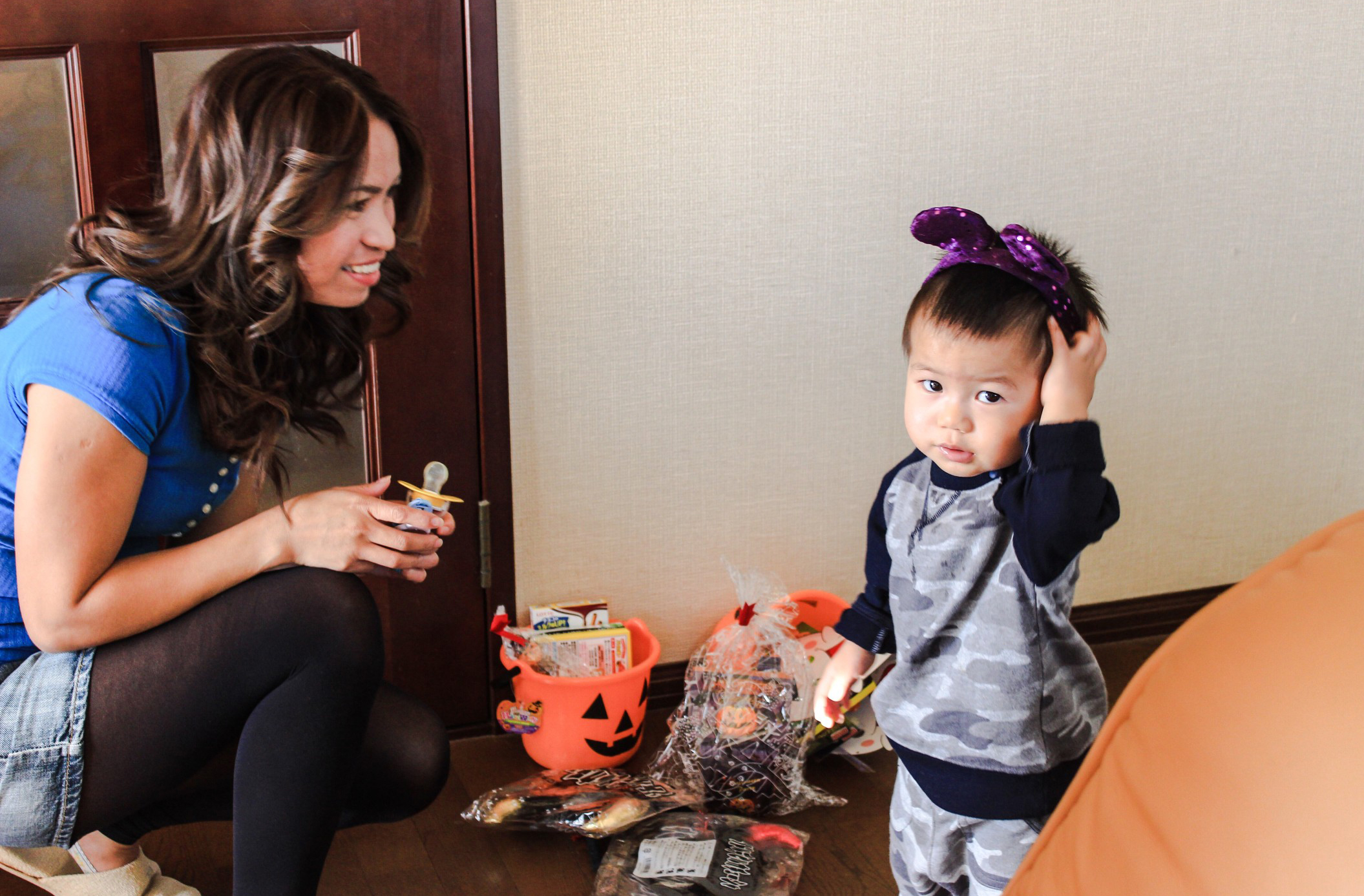Even though Method III involves a lot of talking, it often works with young children, even infants.
Examples:
1. Scheduled feeding by the clock is really a Method I approach, for the parent imposes a solution.
- Demand feeding (feeding the child whenever the child demands it) is a Method II approach.
- Method III infant feeding would involve problem solving a schedule which takes into account the needs of the child and the needs of the parents (e.g. for sleep).
2. Child cries in the middle of the night. The child is expressing a need, and the parent isn’t sure just what the need is.
- At the same time the parent has a need to get some sleep.
- Problem solving through guessing and checking solutions is called for.
- Is the baby uncomfortable because it’s wet? No, not this time.
- Maybe the child is hungry; let’s say the parent discovers the milk bottle still has an ounce of milk. Maybe baby needs to be burped. Child is picked up and parent uses “burp process.” Big burp. Child and parent have solved the problem. Both go back to sleep.
3. Two year old in grocery store wants to help shop by taking items off shelf. Parent “hears” the need of the child to be involved, but parent has a need to complete shopping quickly.
One Method III solution: Place child in seat in grocery cart. Parent takes items off shelf. When appropriate, hands item to child, who, in turn, places them into cart.
Method III encourages children at a very early age to become problem solvers, to be creative thinkers, to care about themselves and their parents.
None of these characteristics are fostered when Methods I or II are consistently applied.
Recall how you learned to use the Six Steps of Problem Solving when your child was experiencing a problem. Your goal was to assist the child in discovering and meeting his/her important needs.
Similarly, you can lead a young child through those same six steps when you are experiencing a conflict, taking into account both of your needs this time.
Want to Learn More?
For a more in-depth look at this, please see this article by Dr. Gordon on our website.
For more tips and examples on using the P.E.T. skills with infants, check out pages 106-113 and 150-151 in the P.E.T. book.

